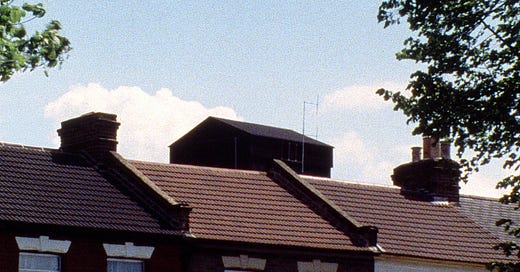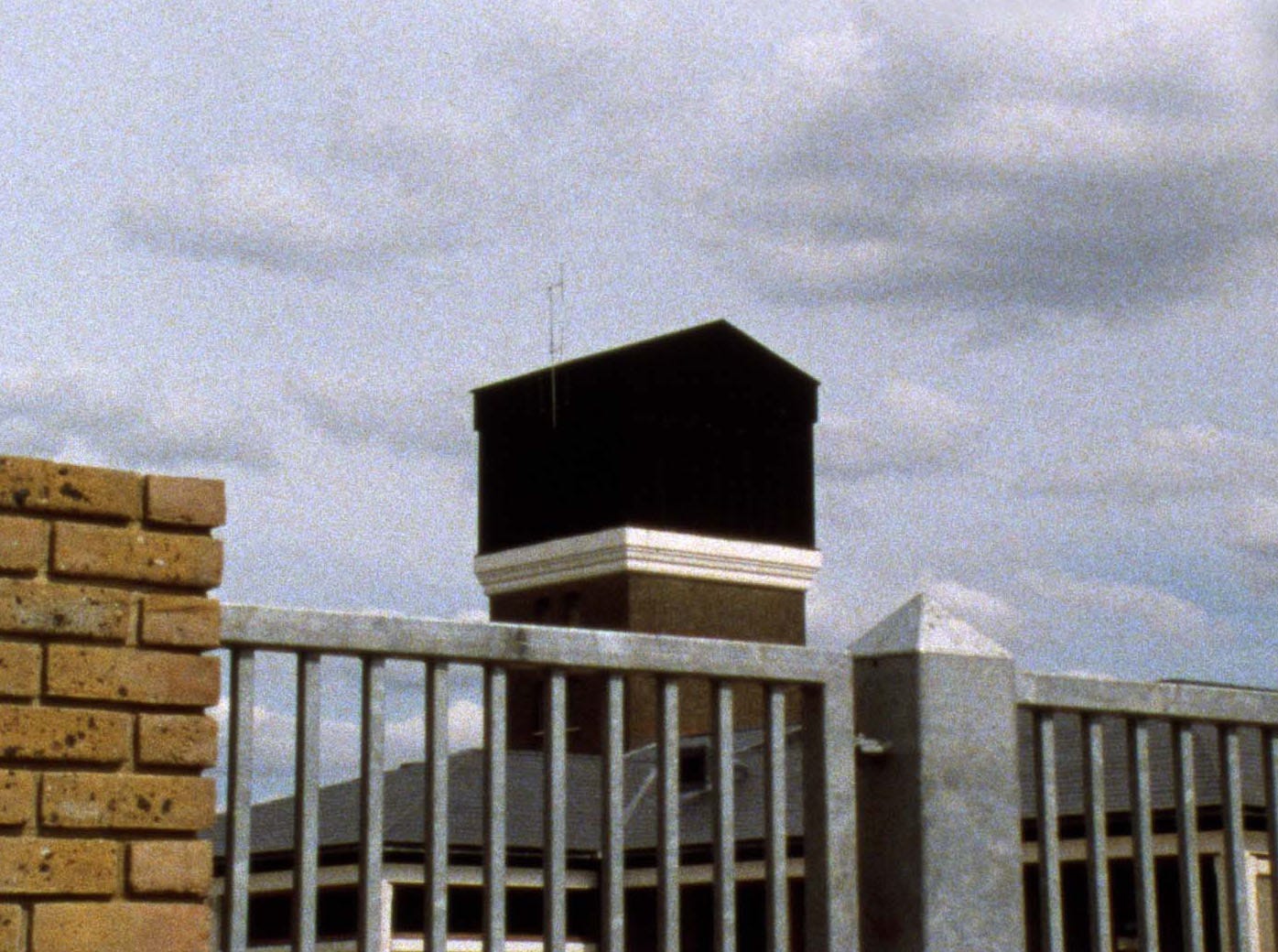Very few of my loved ones, friends or work-related acquaintances are from London. I’m struggling to think of one. People tend to show a flicker of surprise when I tell them I’ve never really lived anywhere else, and then I joke that I haven’t gone very far because I live about a 20 minute walk from the hospital where I was born, which is true. I’ll always defend this city, especially from those who don’t live here and deem it a cesspool of crime where you can’t walk the streets freely (ridiculous).
In very, very hot weather, as we’ve been enduring for the past few days, I sometimes feel a strange sense of dread or discomfort in London. Like none of this is supposed to be happening, and none of us are supposed to be here. Like something has slipped, or shifted into the wrong position. It’s probably just the fact that I have to sit inside with the curtains closed for most the day to retain some semblance of sanity. It’s certainly not a city built for temperatures about 25 degrees.
This feeling drew me to rewatch John Smith’s The Black Tower (1987), which was first broadcast on Channel 4. I sought it out online because I wanted to see it as part of curator Nicole Atkinson’s screening series Echoes from the Static - Innovation through Video: Video Art on Channel 4 earlier this year, but annoyingly I was too tied up with work to actually go to any of her events. There’s an ok copy on YouTube, at least.
John Smith is an incredibly prolific filmmaker and artist, who was part of the London Filmmakers’ Co-op. His best known film is The Girl Chewing Gum (1976), which was on my university syllabus. But I’d forgotten that when I saw The Black Tower.
I think what this film achieves in just 22 minutes is extraordinary. It’s an urban ghost story and a formally daring piece of avant garde cinema that’s playful and darkly funny, while still managing to grip you by the throat.
After a brief title crawl the image remains dark. A man begins narrating a story, conversationally at first, about his encounter with the eponymous tower. He has an east London/Estuary accent.
“I first noticed it in spring last year—it must have been early April. I remember it well—it was a Saturday morning and I’d been to the corner shop to buy some food for a fried breakfast. For some reason the shop was closed so I decided to cut through a back-street to the supermarket on the High Road. It was a bright morning but most of the street was still in shadow—I found myself walking very close to the front walls and hedges in order to expose my face to the thin strip of warm sunlight that ran the length of the street. It was from here that I first saw it, its crest protruding over the roofs on the other side of the road. Surprised that I hadn’t I noticed it before, I wondered what it was and then forgot about it for several weeks.”
When he mentions first seeing the tower itself an image finally punctures the nothingness, a static shot of a pitch black roof peering over a row of houses. It’s so very dark against the bright blue sky it feels ghastly, monstrous. The black is flat, matte and unreflective, a true void. It’s like the malevolent shadow of the House in the Clouds in Thorpeness, Suffolk, a familiar sight from holidays in Suffolk since I was very small. The screen is dark again, and we only see another image, another view of the same tower looming between two buildings, when he describes noticing it for the second time.
The narrator, who lives alone, relays trying to talk to his neighbour about the tower and asking his local shopkeeper about it. There’s some confusion over a different tower, a block of flats that was recently demolished, and the man breathes a sigh of relief before realising the mistake. Here Smith wittily utilises footage of a Hackney tower block’s demolition as a plot point, documentary repurposed as horror. No-one else has seen his tower.
Things get more abstract and more frightening. Blocks of colour fill the screen, which are later repeated and then invaded by a hand setting down a washed glass, revealing the block of colour to be a tabletop in close-up. Then the narrator is almost swallowed by the tower; communicated through voiceover and two more static shots of the tower intercut rapidly in time with the sound of panicked footsteps. Then Smith cuts closer and closer and closer on the same close up view of the tower, engulfing us in its darkness. The plain black screen has a new meaning now; it’s as if we’ve been inside the tower all this time.
What does the tower mean? Does it represent urban decay after a decade of Thatcherism? Is it a harbinger of gentrification? Does it stand in for depression, or psychosis, or of the alienation/non-specific malaise of city life? Is this whole project merely a formal experiment with a strange bit of architecture that Smith could see from his window? His work consistently ‘subverts the perceived boundaries between documentary, fiction, representation and abstraction’, and perhaps it’s just a bit of fun.
But watching it in 2025 I think of Grenfell, of course, London’s ghost tower and a symbol of injustice. And I think of lockdown, during which so many people fell or were pulled into conspiratorial thinking, isolating themselves further from those who might have been able to offer help.
I did once witness something truly awful in London. On a sunny afternoon in June 2021 a nineteen year old was shot twice on the street where I live. I was working from home alone and heard it, two unmistakable gunshots. He had fallen onto the pavement behind a parked car so I could hardly see him from the window, just the edge of his frame. I’m thankful I couldn’t see this poor young man as he died, just the friend who was with him, who covered his head with his arms and rocked in anguish. Later, this friend was taken away by police. He was also a teenager.
The people who lived in the flats right next to where the young man was gunned down rushed out into the road almost as soon as it happened, grabbing towels to try to put pressure on the wounds and calling the emergency services. One of those neighbours rushed up the hill and spoke to the father of a family who lived in the flat below me, telling him not to let his young son see. It was so profoundly horrible and so profoundly sad, which feel like weak, insipid words. But as trite as it sounds, it did make me think about the number of Londoners who would put themselves in danger to try to save another person’s life, or, if it came to that, just be with them as they die. I try to think that it’s most people here.






